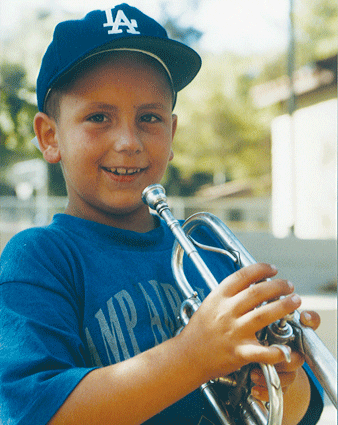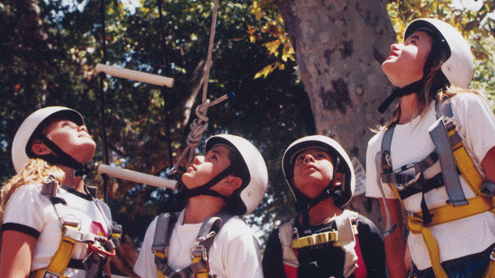 “Growing Up in a Downturn” reveals increase in demand for youth services.
“Growing Up in a Downturn” reveals increase in demand for youth services.
Over the course of the economic recession, The Salvation Army witnessed an upward trend of people in need, providing assistance to 30.2 million Americans in 2010, compared to 28.9 million in 2007. To better understand the recession’s true impact on America’s youth, the Army conducted an internal study, “Growing Up in a Downturn,” which surveyed more than 100 Salvation Army youth programs in cities across the country.
In 2011, 81 percent of Salvation Army youth programs saw an increase in demand for youth services, compared to 75 percent in 2008. Fifty-six percent of Salvation Army youth programs are at or beyond capacity. As a result, resources, including funding and staffing for these programs, are stretched to provide the same level of assistance as before the recession.
“There has been a lot written about child poverty, and we know from our own numbers that more and more people are coming to us for help,” Commissioner William Roberts, national commander, wrote in a blog for The Huffington Post. “Some Salvation Army programs were able to accommodate the increased demand from families and youths coming through their doors. Some saw donations grow and were able to expand programs and services, grow staff and increase volunteer levels to meet the growing need…Some Salvation Army youth programs had to make hard decisions and figure out where to best direct donations and resources.”
The survey also looked at the impact of the recession, first hand, from the youth who are living through it every day. The most requested services and activities by youth include tutoring, sports, summer camp, music—and dinner.
 In 2011, one-third of Salvation Army youth programs saw a reduction in giving. And since 2008, 41 percent of Salvation Army youth programs have been forced to cut back services or close programs completely due to demand surpassing funding.
In 2011, one-third of Salvation Army youth programs saw a reduction in giving. And since 2008, 41 percent of Salvation Army youth programs have been forced to cut back services or close programs completely due to demand surpassing funding.
“Overall the needs of our youths and their families have increased dramatically, and the decrease in donations has made it truly difficult to serve them in the same ways as we did before,” said Major Anthony Baso, corps officer in Kingsport, Tenn.
Yet, 62 percent of Salvation Army youth services saw increases in volunteerism, and with continued support from community members, 92 percent of Salvation Army programs expect to meet the increased demand for as long as the children come to the Army for assistance.
As Roberts wrote, “No child deserves to grow up without hope for a better tomorrow.”
Visit salvationarmyusa.org to donate to Salvation Army youth programs and to read the full “Growing Up in a Downturn” study.
For youth in America, The Salvation Army operates:
– 1,232 corps community centers
– 371 community centers, boys/girls clubs
– 145 child day care centers
– 563 group homes
– 45 camps












